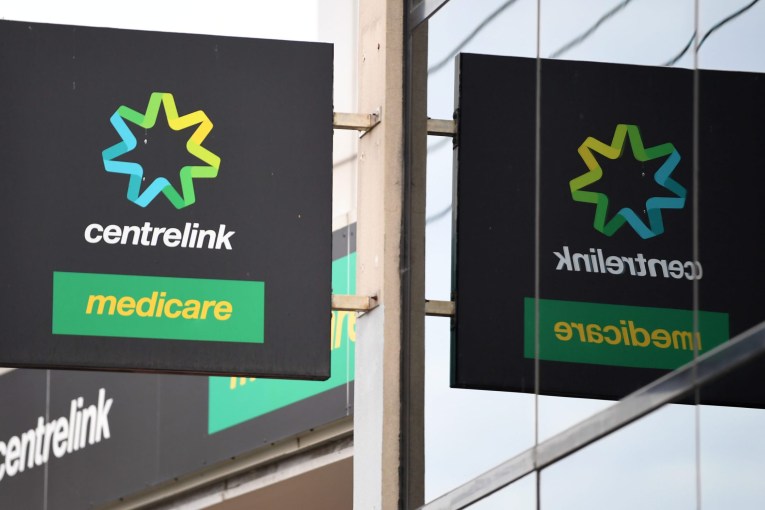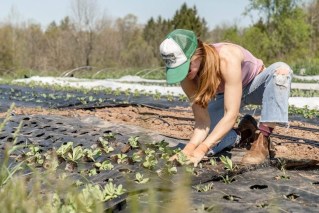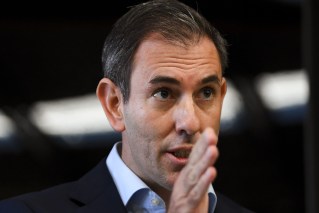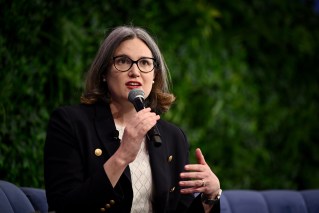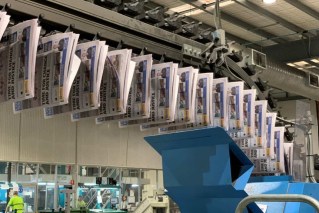Vital signs: Brisbane CBD and inner suburbs kick off post-pandemic revival
Brisbane’s CBD and inner suburbs are slowly emerging from the trauma and disruption of the pandemic, with encouraging signs of improvement in office vacancy rates and commercial activity, according to an in-depth study.

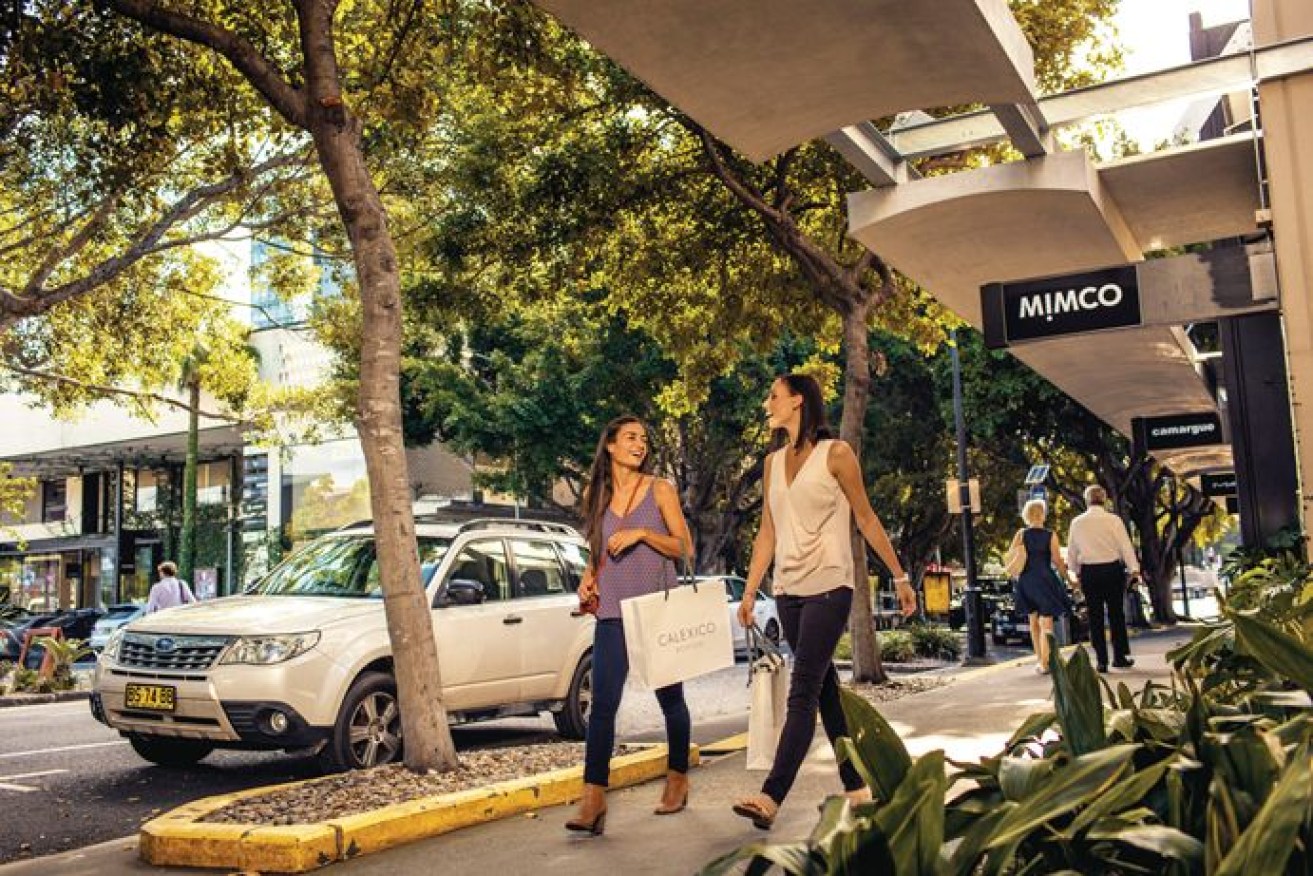
Fortitude Valley's James Street has maintained activity throughout much of the pandemic.
The latest Inner City Vitality Report, an annual snapshot of the inner-city’s economic health, points to a patchy recovery for the CBD and South Brisbane, with a transformation underway in Woolloongabba and resilience and reinvention the name of the game in Fortitude Valley.
The report, the fourth in a series, looks at retail and office vacancy rates, public transport use and residential approvals to paint a picture of the economic and commercial performance of the inner city.
Prepared for business lobby the Committee for Brisbane, the report paints a grim picture of the experience of CBD businesses over the past year, finding retail and office vacancy rates high.
This was most acute in the food court retail sector, with vacancy rates at 30 per cent for those spaces that relied on high foot traffic.
Office occupancy rates plummeted from 70 per cent in April to just 51 per cent currently, a result pointing to the impact of mask mandates in offices.
However, the report says the education sector was the “unsung hero” of the CBD despite the lack of international students and limited on-campus activity.
While the Queensland University of Technology has an established presence and both the University of Queensland and Griffith University have plans to expand their CBD footprints, the 160 educational and training institutions in the city centre helped ensure at least some activity continued throughout the pandemic.
Committee for Brisbane chief executive Barton Green said there were signs of an L-shaped recovery in general activity levels across the CBD and in some inner city precincts.
“2021 has been another tough year for the CBD and the suburbs of Spring Hill, Fortitude Valley, South Brisbane and Woolloongabba but green shoots have emerged that point to signs of recovery and opportunities with more optimism for the year ahead,” he said.
“COVID has shone a harsh light on the core factors we consider important for liveability and the need for a spread of economic activities and occupants for vitality and resilience in the inner core of our city.
While South Brisbane’s restaurant and casual dining precinct suffered over the past year, the 445 events that the Brisbane Exhibition and Convention Centre hosted allows the area to adapt to a dramatically changed market.
The two suburbs that showed the most dynamism during the pandemic were the Valley and Woolloongabba, according to the report.
It said the Valley, the fastest growing commercial office market of the inner suburbs, continued to embrace diversity in its business activity and its arts and retail sectors.
In contrast to the CBD, retail vacancy rates in the Valley reached just 10 per cent, with James St maintain a high leave of activity throughout much of the pandemic.
Woollongabba’s transformation ahead of the 2032 Olympics is gaining pace, wth major residential developments, Cross River Rail and the new Brisbane South Secondary College all making the suburb more attractive for families, the report says.
